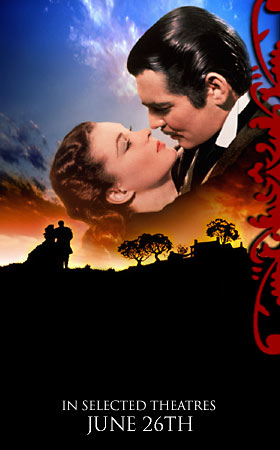|
● Early
Fiction
● Transcendentalists
● Power
of Imagination
● New
Visions of America
● Reform
and Liberation
● Regionalism
● A
New Wave
● Sympathetic
Views
● Rebellious Spirit
● The
Modernists
● The Lost Generation
● Harlem Renaissance
● New
Drama
● Depression,
Realism and Escapism
● Postwar Voices
and the "Beat Generation"
● New American
Voices
Depression, Realism and Escapism
 |
|
Steinbeck's novel
|
 The Depression caused novelists to focus on social forces.
In the West, John
Steinbeck (1902-1968) told sympathetic stories about drifting farm laborers
and factory workers. His 1939 masterpiece, The Grapes of Wrath,
depicted an impoverished midwestern family joining a stream
of poor farm laborers heading west to the "land of opportunity,"
the state of California. By interweaving chapters of social commentary
with his story, Steinbeck made this portrait of the Joad family
into a major statement about the Depression. The Depression caused novelists to focus on social forces.
In the West, John
Steinbeck (1902-1968) told sympathetic stories about drifting farm laborers
and factory workers. His 1939 masterpiece, The Grapes of Wrath,
depicted an impoverished midwestern family joining a stream
of poor farm laborers heading west to the "land of opportunity,"
the state of California. By interweaving chapters of social commentary
with his story, Steinbeck made this portrait of the Joad family
into a major statement about the Depression.
 |
|
Gone with the Wind
|
 Historical
fiction became increasingly popular in the Depression, for it allowed
readers to retreat to the past. The most successful of these books
was Gone with the Wind,a 1936 best-seller about the Civil
War by a southern woman, Margaret Mitchell. Historical
fiction became increasingly popular in the Depression, for it allowed
readers to retreat to the past. The most successful of these books
was Gone with the Wind,a 1936 best-seller about the Civil
War by a southern woman, Margaret Mitchell.
 In
1939, war broke out in Europe, and eventually the entire world was
embroiled
in conflict again. The United States joined the war in December
1941, fighting both in Europe and in the Pacific. Right after the
war, a series of young writers wrote intelligent novels showing
how the pressures of war highlight
men's characters. These included Norman Mailer's The Naked and
the Dead and Herman Wouk's Caine Mutiny. By 1961, Joseph
Heller (1923-) published his satiric war novel Catch-22
in which war is portrayed as an absurd
exercise for madmen. In
1939, war broke out in Europe, and eventually the entire world was
embroiled
in conflict again. The United States joined the war in December
1941, fighting both in Europe and in the Pacific. Right after the
war, a series of young writers wrote intelligent novels showing
how the pressures of war highlight
men's characters. These included Norman Mailer's The Naked and
the Dead and Herman Wouk's Caine Mutiny. By 1961, Joseph
Heller (1923-) published his satiric war novel Catch-22
in which war is portrayed as an absurd
exercise for madmen.
Previous Page Next
Page
|

